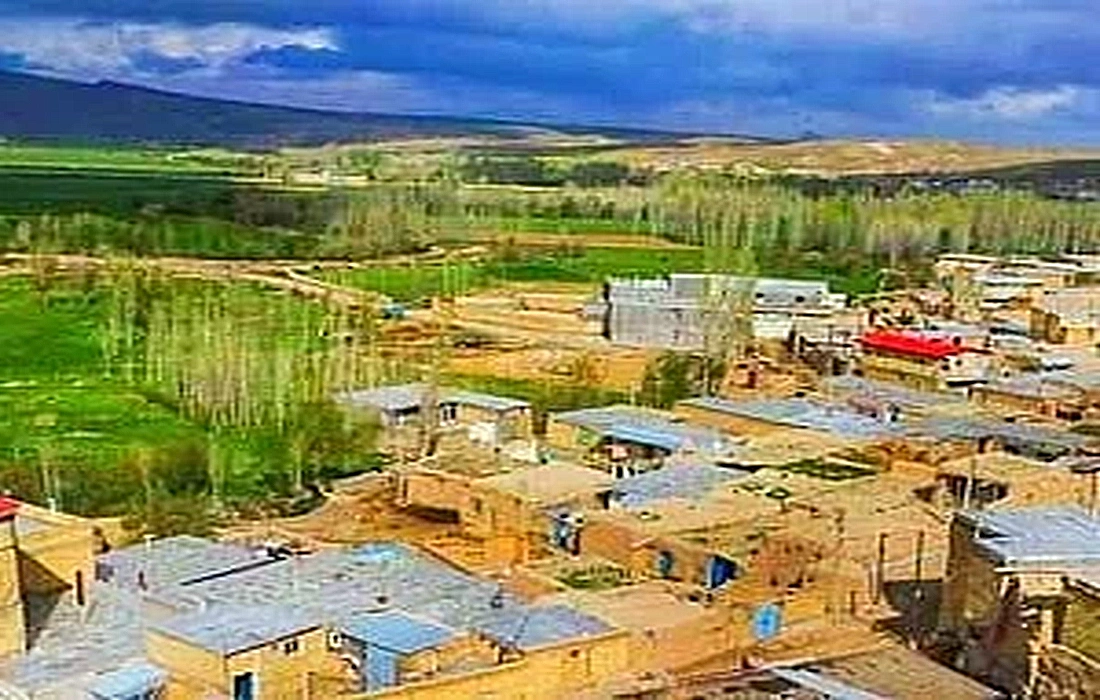Khudabandeh County
After the explosion of the Qidar city lawyers’ building due to a gas leak, this county has become very important to many people, raising questions which we address in this section ofSelMagzwe have covered them.
Where is Khudabandeh County?
Khudabandeh County is one of the counties in Zanjan Province, Iran. The capital of this county is the city of Qidar.
Distance from Khudabandeh to Zanjan
The distance from Zanjan to Khudabandeh is approximately 109 kilometers. If you travel by car from Zanjan to Khudabandeh, it will take between 1 to 2 hours.
Population of Khudabandeh County
Based on the 2016 census, the population of Khudabandeh County was 164,493 people.
How many villages are in Khudabandeh County?
Many people want to know the names and number of villages in Khudabandeh County. This county, one of the largest in the northwest of the country, according to information from various websites, has 229 inhabited villages, of which 182 have over 20 households. About 70% of the population of Khudabandeh lives in villages.

Zarrin Rud in Khudabandeh County
Area of Khudabandeh Qidar County
According to maps, Khudabandeh County is located in the south of Zanjan Province, covering an area of 5,000 square kilometers, which makes up a quarter of Zanjan Province.
Language and Ethnicity of People in Khudabandeh
The people of Khudabandeh speak Azerbaijani Turkish, and the majority of the population are Muslims and Shia.
Customs and Traditions of Khudabandeh County
- In Khudabandeh and Zanjan, it is customary for the host to leave after setting the table for guests, so they can comfortably eat, or to sit cross-legged a meter or two away near the entrance of the room.
- Two types of marriages occur in Zanjan. First, the groom’s father, along with local elders, goes to the bride’s house to ask for her hand. If accepted, representatives from both sides agree on the bride price, dowry, and based on the groom’s financial situation, food items like sugar, tea, rice, oil, sweets, and raisins are exchanged.CraisinsThey are contracted.
- The bride’s father receives some cloth called ‘Khelat’ from the groom’s father. The bride’s uncle and paternal uncle receive gifts such as a suit, a sheep, and the bride’s grandparents also receive jewelry.
- In another form of marriage in Zanjan, the bride leaves her family home without prior notice, accompanied by the groom, and the groom’s father visits the bride’s father along with local elders to persuade him, then a formal marriage contract letter called ‘Vakelnameh’ is received for the official wedding.
- At the groom’s home, several people are assigned to bring the bride, and after obtaining permission from her father or uncle, she is ready to depart. The groom’s brother leads the procession ahead. The groom rides a horse to ‘kidnap’ the bride, which encounters resistance from the bride’s companions, causing the process to halt. When the bride reaches the groom’s home, she is approached from the roof and given money and sweets, and then a young boy is handed to her as a sign of giving birth to a son.AppleWithin the house, a cloth called ‘Payandaz’ is wrapped around the bride, and she is placed in a special room, but she will not sit until she receives a cow or sheep from the groom’s family.
- During the wedding, guests give some money as ‘Tuyane’ to the groom’s father.
- Two days after the wedding, a women’s ceremony called ‘Duaq Qapma’ takes place. After twenty days, the bride’s father invites the bride and groom to his home under the name ‘Iaq Ashma’ and gifts them a sheep and a carpet.
- People in Zanjan during
- RamadanAshak with kashk, sour soup, milk rice, bulgur soup, Tash Kebab, vanilla pudding, sheep’s head and feet, halva,Yogurt soupCasserole, Gola Jush (herbal soup),OnionWater, soup, Ranginak, and various stews are prepared for Iftar and Suhoor by families.Zanjani people carry a plate of broken sugar with a black cloth in front of the deceased, called ‘Varkhbaz.’
- Khudabandeh County







